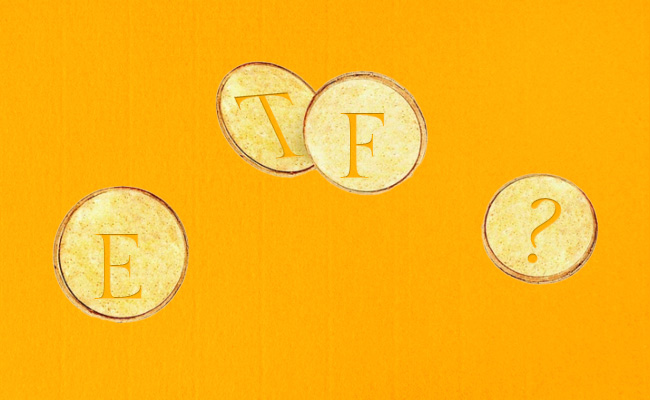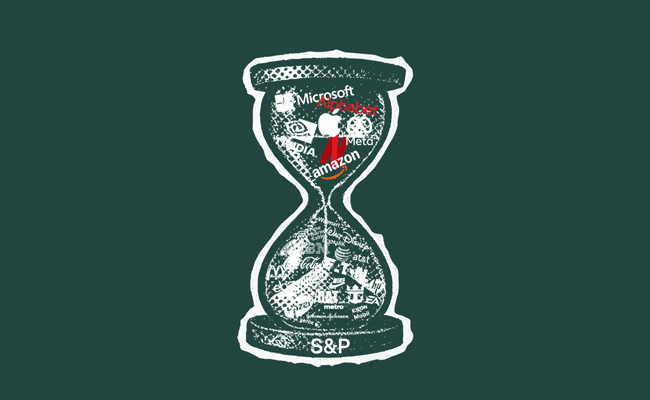There’s a lot of voodoo knowledge about exchange traded funds (ETFs) in South Africa. Much of it doesn’t stack up. Here are the top five myths about ETFs, according to Prescient.
1. ETFs are always cheaper
While index-trackers are generally lower-cost, the new breed of actively managed ETFs is not automatically cheaper than traditional active funds. Since these funds require research, oversight and active decision-making, these costs add up.
2. All ETFs are passive index trackers
Many still believe ETFs can only mirror an index. The reality is that actively managed ETFs allow investors to pursue outperformance and may provide downside protection, offering more strategic options than purely passive products. So, the ETFs of today provide a lot more active opportunities and fund product types aligned to current traditional unit trusts.
3. ETFs are only suitable for broad market exposure
ETFs, especially actively managed and themed funds, can target specific sectors like AI, technology, regions like Europe or Asia, or specific investment strategies, like fixed income. This makes them highly versatile tools within a portfolio.
4. ETFs and unit trusts can’t coexist
Both have important roles. Unit trusts remain essential, especially within certain institutional mandates and traditional investment service provider platforms, where ETFs are not yet fully integrated. However, thanks to platforms like EasyEquities, ETFSA and the ability to invest via various banking apps, ETFs – including actively managed ones – are already widely accessible to retail investors.
5. ETFs are harder to manage
Some investment managers think launching an ETF, especially an active one, is operationally complex. In reality, the core investment process stays the same. All it takes is someone to manage the logistics and compliance.
Source: Prescient Fund Services.
Sign up to Currency’s weekly newsletters to receive your own bulletin of weekday news and weekend treats. Register here.












